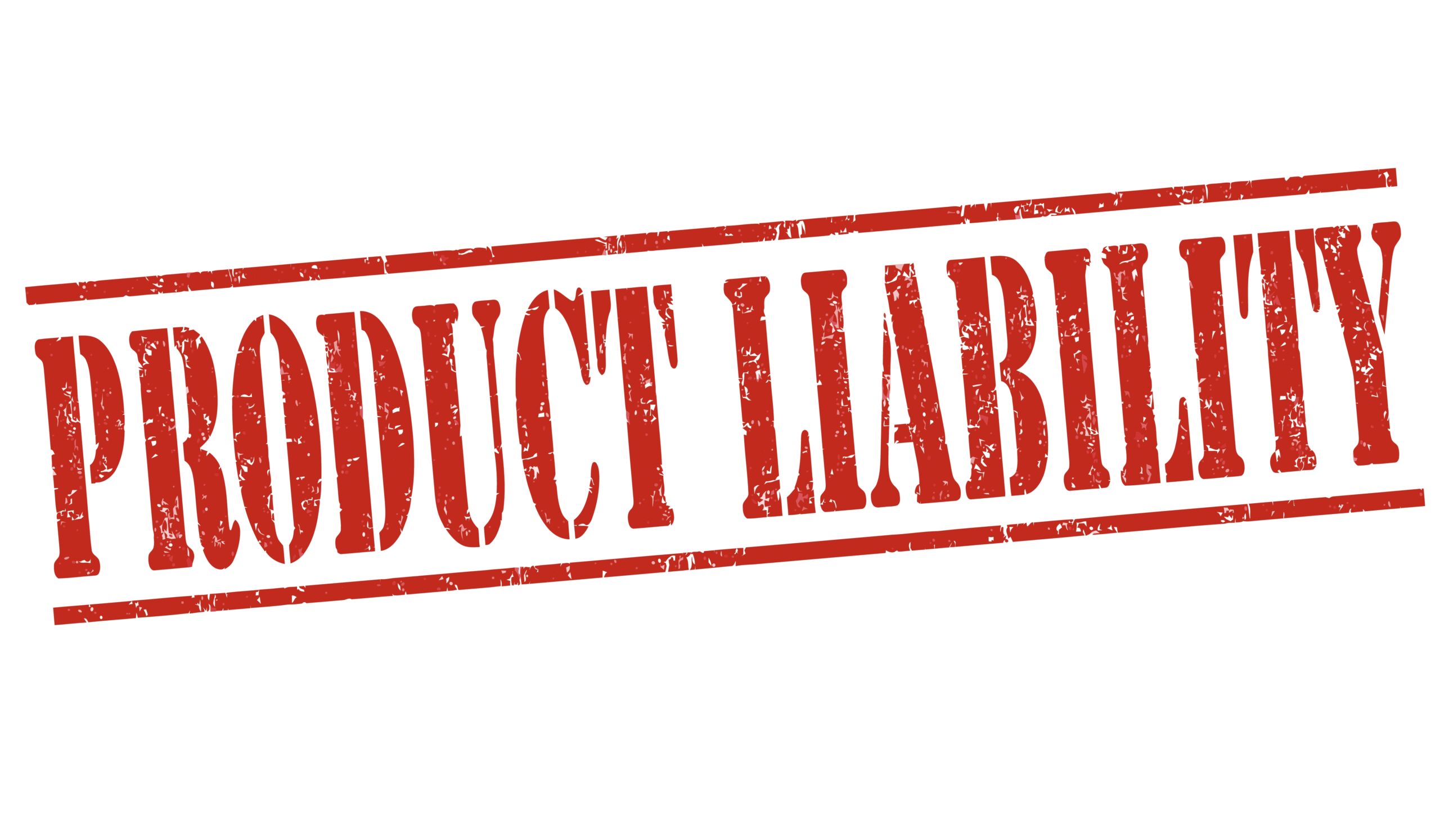Products Liability Claims
A product can be considered defective because of:
(1) Defective Design: a design which renders the product unreasonably dangerous for its intended purpose or use, or foreseeable misuse, by a user or foreseeable bystander;
(2) Manufacturing Defect: a departure from the product’s intended design which renders the product defective, even though all care may have been exercised in the preparation of the product.; and
(3) Labeling or Marketing Defect: (inadequate warning) defective because of the lack of adequate warning or instruction when the foreseeable risks of harm posed by the product could have been avoided by a reasonable warning or instruction provided with the product at the time it left the hands of the manufacturer.
Negligence or Strict Liability Theories
Products liability cases can be brought under a negligence claim, or a strict liability claim. A negligence action focuses on the defendants lack of due care in manufacturing or selling the defective product, and strict liability focuses only on the defect. As one court expressed it, in negligence cases, the plaintiff must impugn the defendant and in strict liability cases, the plaintiff must impugn the product.
Negligence
Manufacturers are held to a higher standard than under a negligence case (duty, breach of the duty, cause of injury, damages). Florida law states that it needs only be shown that the defendant did not adequately warn of known or knowable dangers. A product is said to be defective “when the foreseeable risks of harm posed by the product could have been reduced or avoided by the provision of reasonable instructions or warnings”, and that by not providing the warnings “renders the product not reasonably safe”.
Strict Liability
If a person is injured due to a defective product, the designer and manufacturer, as well as any distributor, importer, or seller in the chain of distribution can be found strictly liable for injuries caused by the defective product, regardless of whether they exercised all possible care, because strict liability does not depend on actual negligence or intent to harm. In order to hold a company or companies in the distribution chain liable under a theory of strict liability in a manufacturing defect lawsuit, it must be proven:
(1) The manufacturer or other company’s relationship to the product,
(2) A defect in the product and the defect causes an unreasonably dangerous condition,
(3) The defect was the cause of the user’s injuries. If you purchase a defective product from a store, the store is strictly liable for the damages (ie: injuries) that are caused by the defective product- even if the store didn’t produce the product and had no way of knowing the product was defective. You can sue the store even though it was the manufacturer who made the defective product. That is how strict liability works. It protects consumers from having to chase down the negligent party.
See the following hypothetical scenario, and how the legal issues play out in “Yellowstone National Park”

